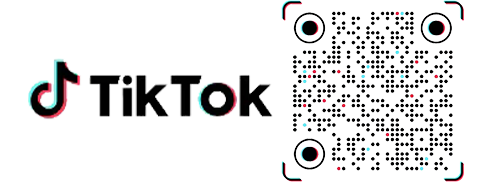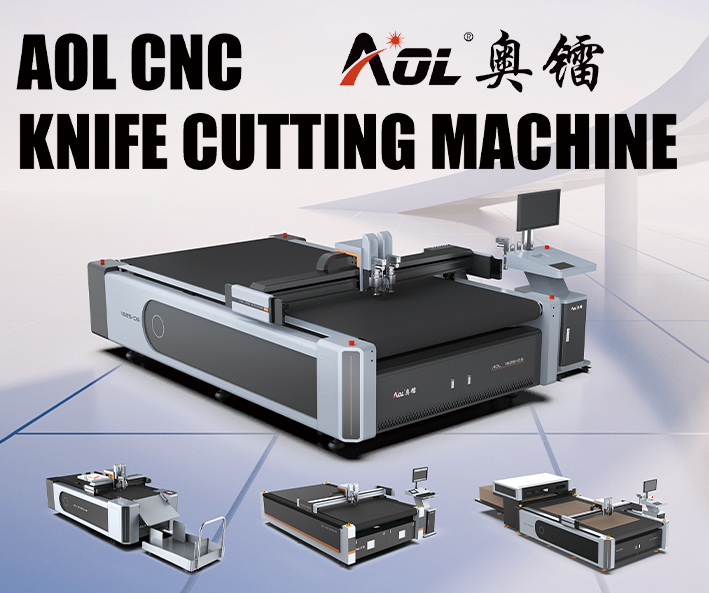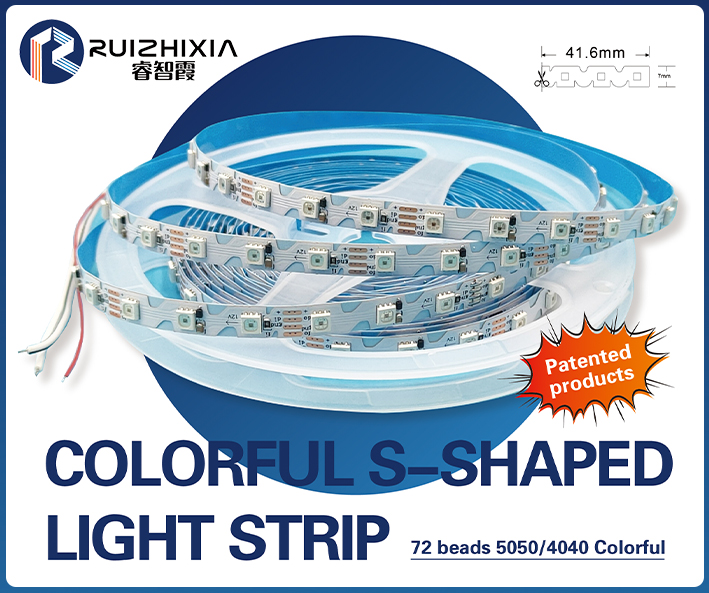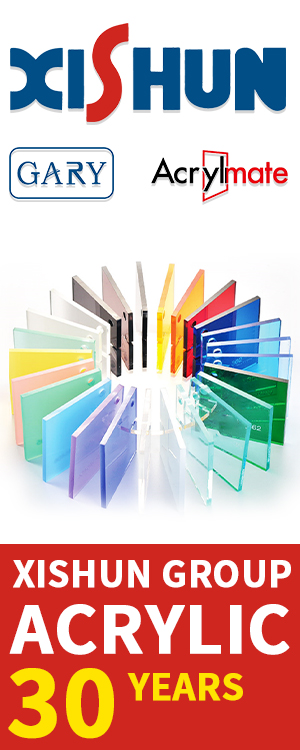Who’d have thought that an obscure home brewing bill signed into law in 1978 would lead to the craft beer revolution that sees many US cities with a microbrewery on every other block? As of last year, 6,372 breweries were operating around the country, according to the Brewers Assn . It’s no wonder then, that Richmond, VA, hosts a number of new craft beer producers in the area. One of them, Väsen Brewing Co. , was in search of distinctive signage.
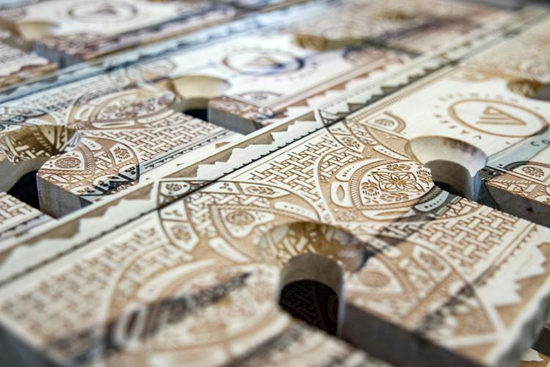
BEER ME A SIGN
Kugo Laser serves up laser-engraved signage for Väsen Brewing Co., including beer flights, jockey box covers and table signage.
“We heard about Väsen Brewing Co. opening up and reached out to them directly,” said Scott Misturini, owner of Kugo Laser (Richmond, VA). “I was attracted to the design and style of their brand and pretty much knew immediately that I wanted to create something with them. I also heard that 903 Creative (a local design company) had recommended us.”
Väsen Brewing already had been using a wood-burned look in most of their signage, so Kugo used a white oak substrate on nearly everything they created except for the beer flights, which were fabricated of ambrosia maple. “In terms of lasering, white oak can be tricky if you’re not careful,” Misturini said. “The grain in oak is all over the place – it goes from wide to narrow throughout each board. A more narrow or tighter grain is going to laser darker than a wider grain will, [so] we adjust our settings for oak to run a little darker to compensate for this, or if time allows, we choose pieces with a narrow grain.”
Since Kugo works with many designers and brand agencies who use Adobe products, they edit in Illustrator. Kugo also often needs to convert files to vector. “Lasers do have the ability to engrave with other file types, but you don’t want us lasering your logo from a JPG,” Misturini said. “After editing, we export to our machine’s job control where we can tweak any setting that we need to before the engraving starts.”
Their fabrication process also varies. For paint-filled signs – such as the restroom signage they produced for Väsen – Kugo engraves everything that isn’t going to be painted, then finishes the sign before engraving the paint-filled portion. “When it comes to paint filling, we like to run the design deeper than the rest and with different PPI settings,” Misturini said. “Running these different settings makes the paint-filling process come out cleaner, with a more even look.”
A nice function of Universal Laser System CO2 laser, Misturini says, is that you can adjust on the fly, “So if you start engraving a project and you think it should be darker, you can pump up the power on the machine’s control panel instead of stopping the job and resending.” Darker, lighter – there are as many different brewpub signs out there to be made as there are craft beers.
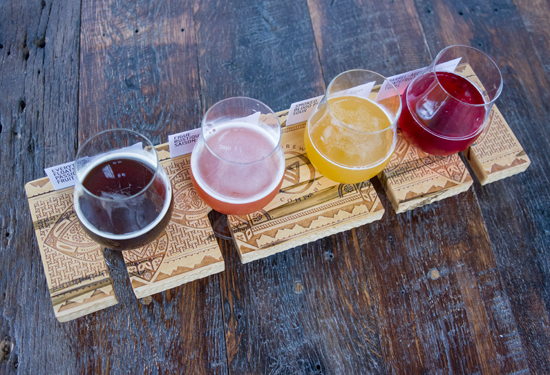
A CLOSE SHAVE
From sketch to sign, Tinkering Monkey didn’t have to toy around too much to create a winning sign for Peoples Barber.
Although Mike Cheung, co-founder of Tinkering Monkey (Berkeley, CA), isn’t quite sure how his client originally found him, the client’s return for more of the same validated his signshop’s three-pronged approach: reproduce a client’s artwork as accurately as possible; incorporate dimensionality without losing the original wood look; and ensure that the substrate maintains a classic, engraved-signage feel. This approach is well-reflected in Tinkering Monkey’s portfolio of engraved signs.
So it was no surprise when a returning customer, Peoples Barber , already knew what they wanted. Cheung felt lucky that the client chose laser engraving from the start, as otherwise the sign “would have been tedious to weed in vinyl, and engraving into wood looks much nicer than a 2D-print on a solid substrate,” Cheung said. “The artwork was fine, despite many tiny parts and thin lines.” The shop uses a combination of Adobe Illustrator CC and Rhinoceros 5 for 2D layout and design, mostly due to familiarity.
When it came time to engrave the Peoples Barber sign, Tinkering Monkey chose Hydrotek Marine Plywood as the substrate (for its ability to withstand the outdoor elements) and built the box using Titebond III wood glue. They then converted the design files from AI to DXF for compatibility with their Full Spectrum 900mm x 600mm/80W software. The laser itself runs on LaserCut 5.3.
That’s not to say the laser does all the work. “Prior to engraving, we cover the wood with transfer paper [which] both protects the non-engraved areas from smoke residue and allows us to easily fill the engraving with paint,” Cheung said. After engraving, the remaining masked parts then need to be peeled.
Because the sign was to hang outside, Tinkering Monkey’s fabricators filled the engraving with paint to ensure it lasts as long as possible. “Longevity really depends on environment, so a wood sign in direct sunlight will deteriorate much faster than one in the shade under an awning,” Cheung said.

GOING DUTCH
SignShop.Amsterdam created a façade sign (and more) for The Movement Studio that blended with the fitness studio’s wood and metal equipment.
During a break between Pilates lessons, the owner of The Movement Practice , a fitness studio in Amsterdam, hustled over to nearby SignShop.Amsterdam with a request to make their studio more visible, a project that included not only the creation of a façade sign, but also window decorations and a 120 x 300-cm sign, shop co-owner Simone Zwaagman said.
Although the client desired outdoor signs, they didn’t know what material would work best, so Zwaagman and her team snapped pictures of the studio’s interior and exterior. SignShop then created a mockup from that visual data and the client’s existing logo. “We present a complete concept to our customer,” Zwaagman said.
In addition to providing The Movement Practice with a briefing and sketch, SignShop also showed off wood and engraving samples so the studio owner could gain a clearer picture of their concept. Once the client agreed to the sign’s look and feel, the shop decided to use laser-cut and engraved panels combined with a laser-cut, metal wall mount, Zwaagman explained. “The complexity was mainly the appearance of the façade sign. It had to meet with the same appearance of their studio equipment: a combination of wood and metal.”
The two companies settled on the perfect combination to mimic the studio equipment: two plywood panels coated with five layers of Ruwa yacht varnish to protect the sign from weather, plus a metal frame composed of a laser-cut ring and armature, welded together and then powdercoated. For the building’s windows, SignShop used Avery Dennison Crystal Glass film and then completed the signage with a 120 x 300-cm wall sign made of 3M Envision 480Cv3 print wrap film, in lieu of painting on the walls, which was forbidden by the property owner. “This way, the signage fit the street’s image regardless of the fact that we couldn’t use paint,” Zwaagman said.
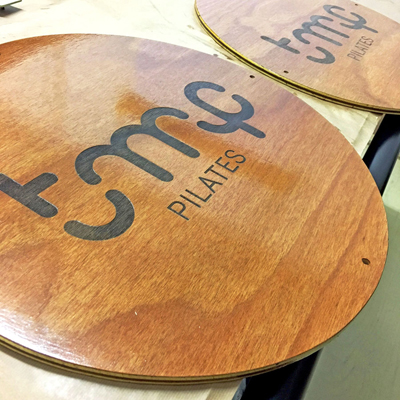
In SignShop’s design studio, they use Adobe Creative Suite and control the laser with a combination of Adobe Illustrator and JobControl software. They created vector files for the engraved sign specifically for JobControl. SignShop ran the plywood and metal through their Trotec Speedy laser engraver, then welded, painted and powdercoated the rest by hand.
Although The Movement Studio’s laser-engraved sign will have to be sanded and painted every three years, the powdercoated frame will last at least 30 years. “By producing sustainable signs like we did for The Movement Practice, we try to do something for the environment and minimize the waste of (raw) materials,” Zwaagman said. A nice bonus for a client obviously concerned with general health.
For a highly unique, precise appearance that makes an indelible first impression and lasts a long time, Misturini, Cheung and Zwaagman continually demonstrate that laser engraving crafts memorable, made-to-order wood signs.


